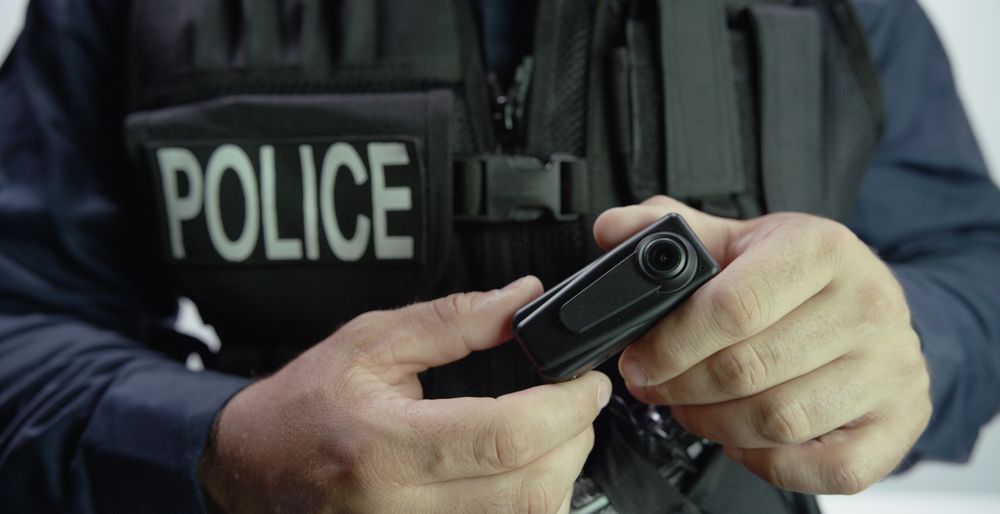
Advances in technology have resulted in reduced costs and miniaturization of equipment whose routine use would have been impractical just a few years ago. Perhaps nowhere is this evident than in the adoption of police cruiser dashboard cameras. From high-speed pursuits to deadly shootouts to incidents of excessive force by police, we have become accustomed to viewing dramatic footage taken by one of these units.
Indeed, acceptance of dashboard camera video as an evidentiary tool has become almost universal, whether for prosecuting offenders (it’s tough for a motorist to overcome footage of him staggering drunk by the side of the road) or evaluating claims of police misconduct.
Similar use of video footage from body cameras worn on an officer’s person, however, has been more controversial. Proponents contend that body cameras have many benefits, including:
- The ability to capture activity not readily observed by the officer, especially in the course of a chase or altercation
- Improved behavior of officers
- Relatively small and unobtrusive size
- Reduced misconduct complaints and related expenses
On the other hand, concerns expressed by various groups include:
- Privacy and search and seizure issues related to inadvertent recording
- Possible state or federal wiretap law violations
- When and how footage should be released to the public
- The lack of uniform and clear policies among prosecutors, police and defense counsel
- Potential for tampering
- Resistance from rank and file officers or police unions
The Criminal Defense Bar Weighs In
Following more than two years’ worth of study and drafting, in 2017 the National Association of Criminal Defense Lawyers (NACDL) issued a 44 page report entitled “Policing Body Cameras – Policies and Procedures to Safeguard the Rights of the Accused”.
The Report makes the following ten recommendations:
- The timing of when to record should be established by agency policy and not left to individual officers’ discretion
- Body camera video must be retained for an adequate time in order to allow a defendant and counsel access
- Defendants and attorneys must be given prompt access to all relevant video
- Both policies and equipment should be designed so as to minimize the risk of misleading video
- Policy should require officers to prepare initial incident and arrest reports camera without the benefit of prior review of video
- The use of facial recognition or other biometric technology should be prohibited
- Agency policy should prohibit the use of video to identify additional crimes
- Adequate, mandatory training of officers must be available
- Adequate training should be made available to judges and court-appointed defense counsel
- A video should be retained by an independent agency unaffiliated with police
While the Report is naturally not binding on any law enforcement agency or administrative the NACDL “cautiously endorses” greater use of body cameras, if such use is in accordance with those recommendations.


